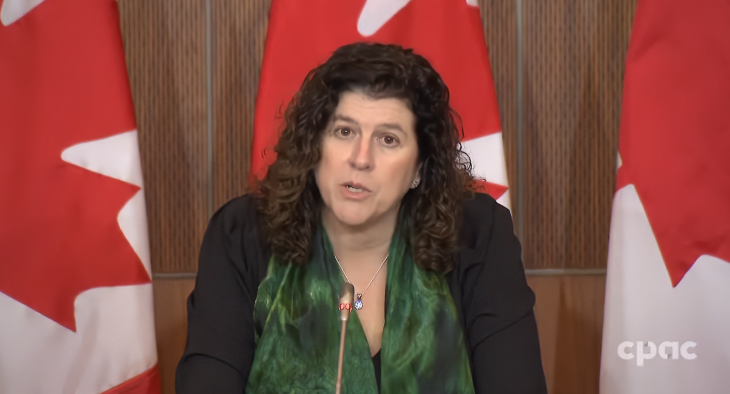
By Ahmad Hathout
OTTAWA – Canada’s auditor general is recommending Innovation Canada come up with a specific mobile wireless connectivity target and timeline like the federal government has for high-speed internet, according to a report released Monday.
The department said in response that it will “conduct a review of the state of mobile coverage and planned investment” this year and will “seek additional resources if necessary.”
Currently, the federal government has in place goal targets of providing high-speed internet access with speeds of 50 Mbps download and 10 Mbps upload to the entire country by 2030, but no specific target for cellular service.
That said, the CRTC has established a mobile cell target of 100 per cent of households covered by 4G/LTE by 2026. And while 99.2 per cent of Canadian households had access to mobile coverage, First Nations reserves only had 87.6 per cent coverage in 2021, the report noted.
The report, whose audit covered the period between July 2018 to January 2023, also found that while service providers are required to provide data related to mobile cell coverage to ISED and the CRTC, “we found that neither organization verified any of the data, nor did they require service providers to submit mobile coverage data in a consistent manner or according to an established methodology.”
As such the report recommended – and the CRTC and ISED agreed – that the two should “establish consistent methods for telecommunications service providers to report the coverage of mobile cellular connectivity” and verify the data received by the providers.
The auditor general also recommended that the department evaluate whether those 50/10 internet speeds “will still be a sufficient minimum standard” by the 2026 and 2030 target dates. The department agreed and added the $3.225-billion Universal Broadband Fund will support projects that scale to faster speeds, with 80 percent of funded projects capable of gigabit speeds.
It also recommended that ISED determines how much funding is required to get to the 2030 target and to “monitor actual internet and mobile cellular adoption rates as a result of federal investments.”
The auditor general also found that there was a period of 21 months between January 2021 and October 2022 in which ISED did not update its map, which provides crucial information about where there is connectivity.
Normally, a new map release is every six months, and the report found that the long gap between updates “meant that applicants for these initiatives did not have up‑to‑date information on the unserved and underserved areas of Canada. This is information they could have used to develop their project proposals and funding applications.
“As a consequence of this gap, applicants potentially spent money and time on applications that were ineligible or that would need to be revised.”
The report also notes that the auditor general was told – after speaking with stakeholders including indigenous organizations, industry associations and service providers – that the national broadband map was “not only out-of-date but also sometimes inaccurate.”
“One potential consequence of these inaccuracies was that households or communities without coverage could be shown to have coverage,” the report said. “As a result, they could be deemed ineligible under federal connectivity initiatives that prioritize funding to unserved or underserved areas.”
ISED agreed to the recommendations and said it plans to make public updates every six months starting this year.
Screenshot of auditor general Karen Hogan.



